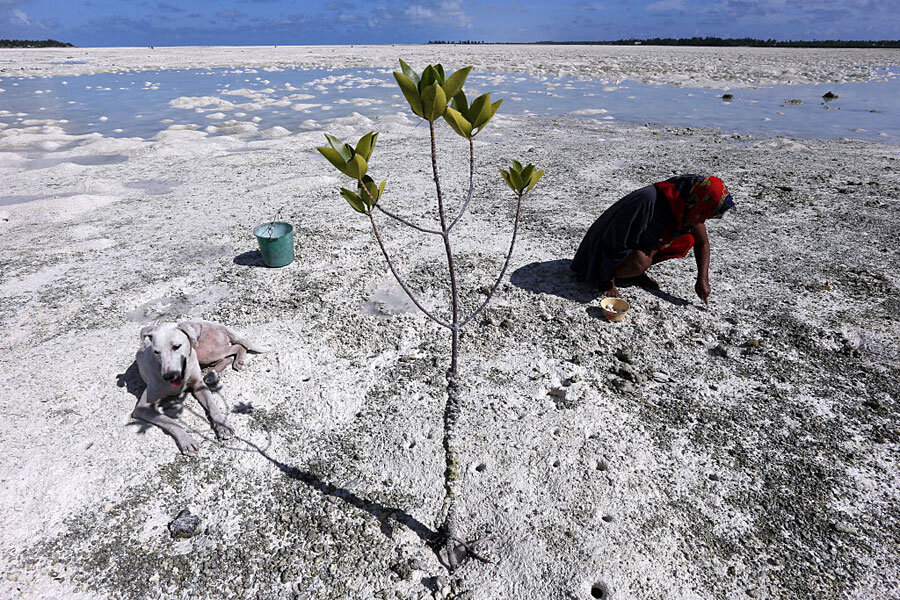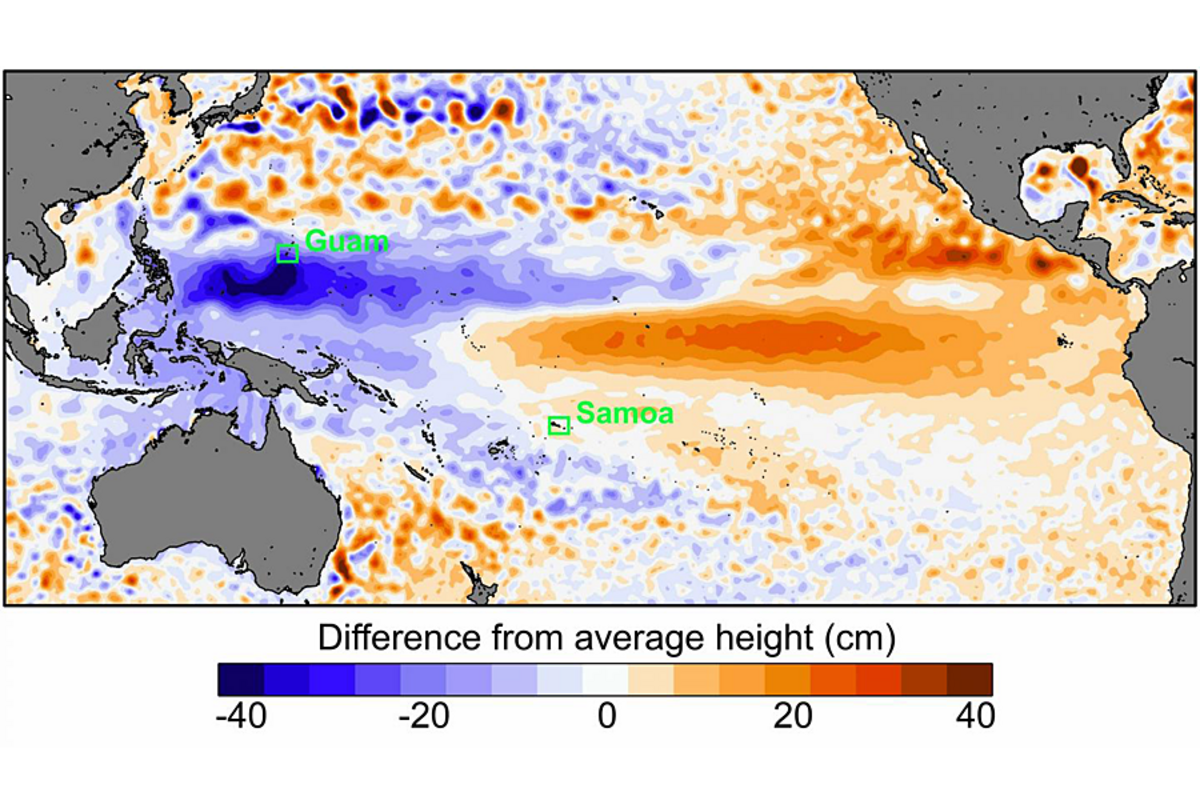Rising seas: How extreme can El Niño-La Niña sea levels get?
Loading...
Oceans are gradually rising overall as the ice caps melt, worrying island nations longterm.
But in the short-term, Pacific islands may face increasingly dramatic extremes in sea-level.
The El Niño-La Niña cycle is like a seesaw. On one side of the Pacific Ocean, the water levels will rise while the ocean sinks on the other side. But these surges and drops will only intensify in the future, say researchers.
In fact, scientists predict that these extremes will double in frequency within this century, according to a study published Friday in the journal Science Advances.
El Niño brings warmer water, which produces more moisture and therefore more intense thunderstorms. It’s sibling, La Niña does the opposite, bringing cooler temperatures.
The higher waters of El Niño could increase flooding challenges of rising sea levels, but low sea levels may not be better for the environment. When the sea level drops dramatically it dries out shallow marine environments. In South Pacific Islands this could kill large amounts of coral, leaving a foul smell. These acrid tides are called taimasa by Samoans.
El Niño typically happens every two to seven years, but with increasing frequency these regions will have less time to recover.
"The possibility of more frequent flooding in some areas and sea level drops in others would have severe consequences for the vulnerable coastlines of Pacific islands," said Matthew Widlansky, researcher at the University of Hawai'i at Mānoa, in a news release.
When Dr. Widlansky and his colleagues modeled future El Niño-La Niña events the researchers were initially surprised to find both extremes becoming more frequent and intense. But they were not alone in noting these changes.
"Our results are consistent with previous findings that showed the atmospheric effects of both El Niño and La Niña are likely to become stronger and more common in a future warmer climate," added Wenju Cai, researcher at CSIRO in Australia.
Meteorologists already predicted that the El Niño predicted to hit the US west coast late this year could last longer than usual.
But all that extra water could bring relief for drought-parched California. After suffering from a record dry spell for three years, heavy rain might ease the water shortages in the wildfire-ravaged agricultural state.







